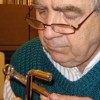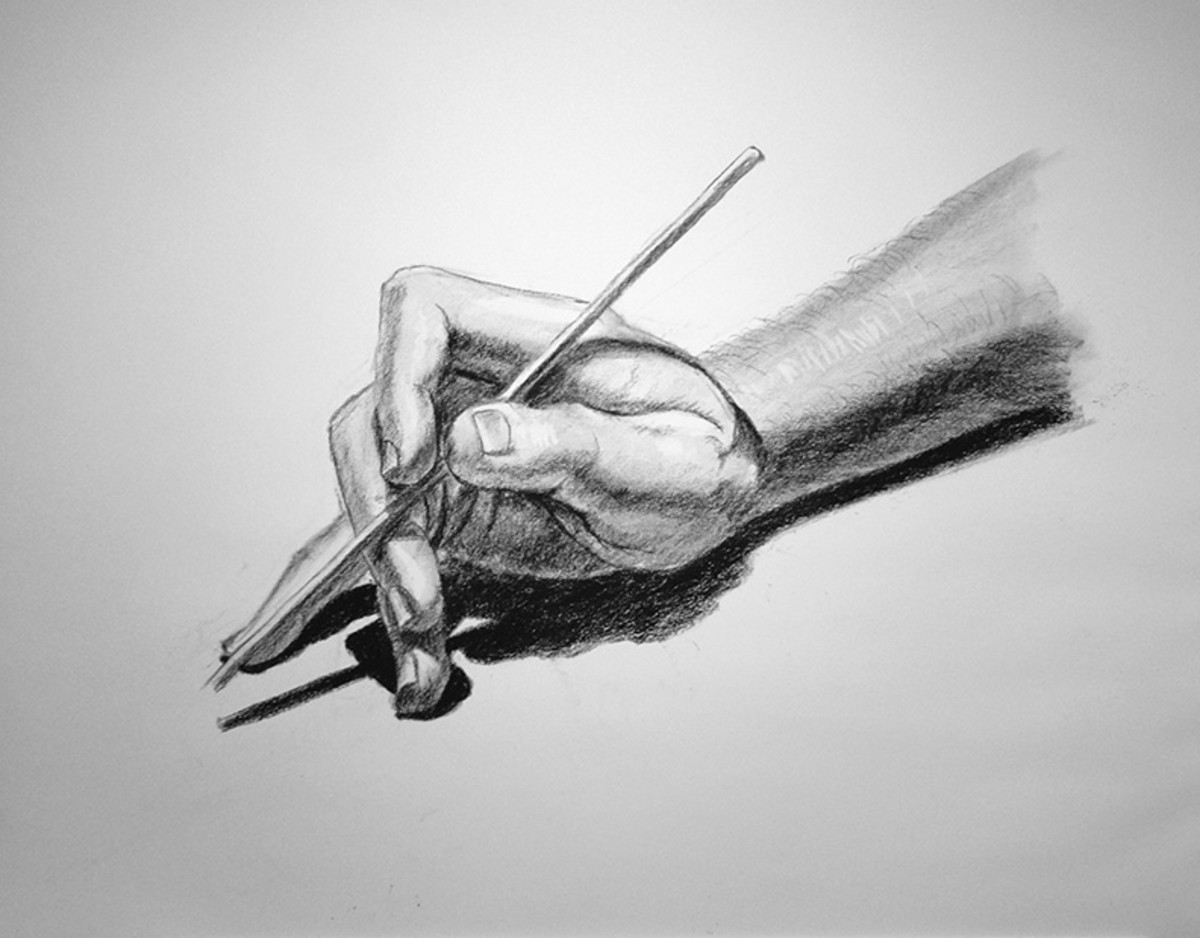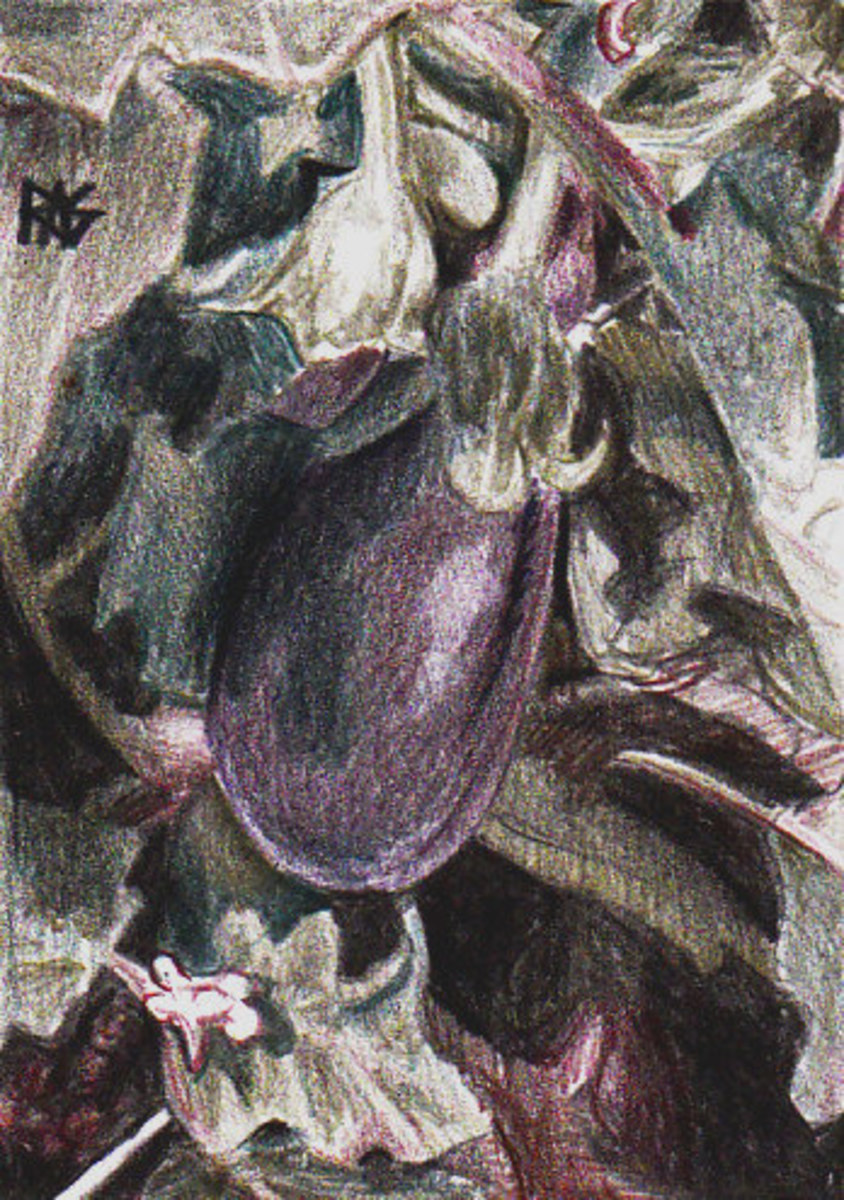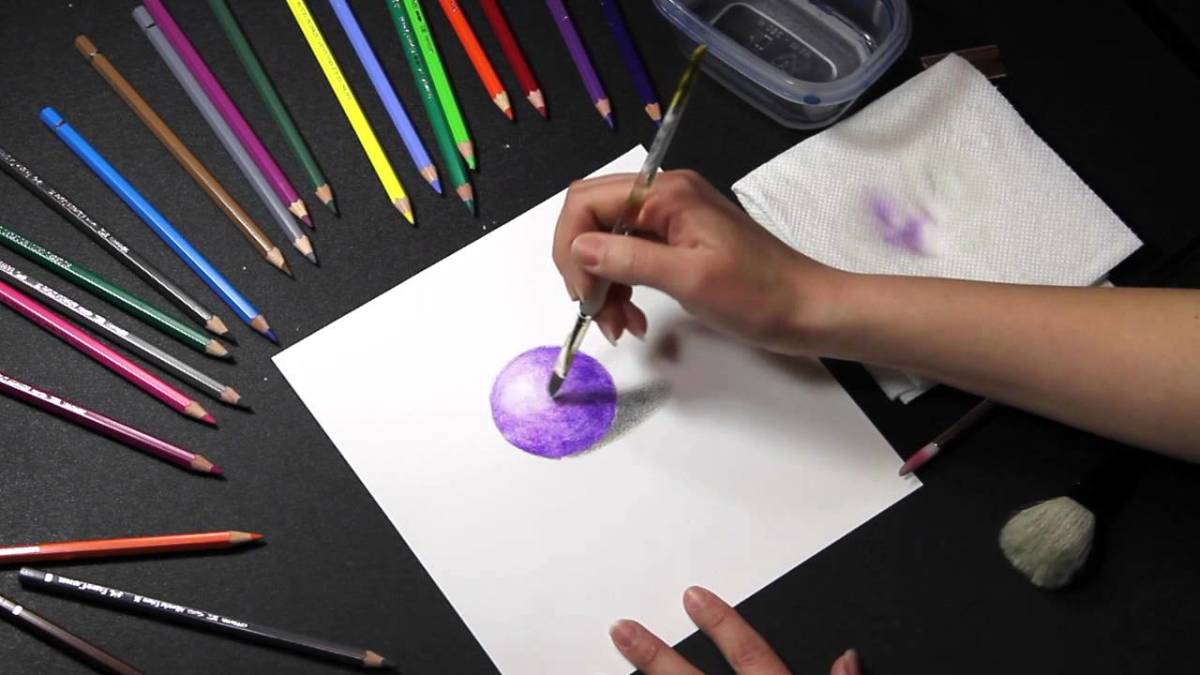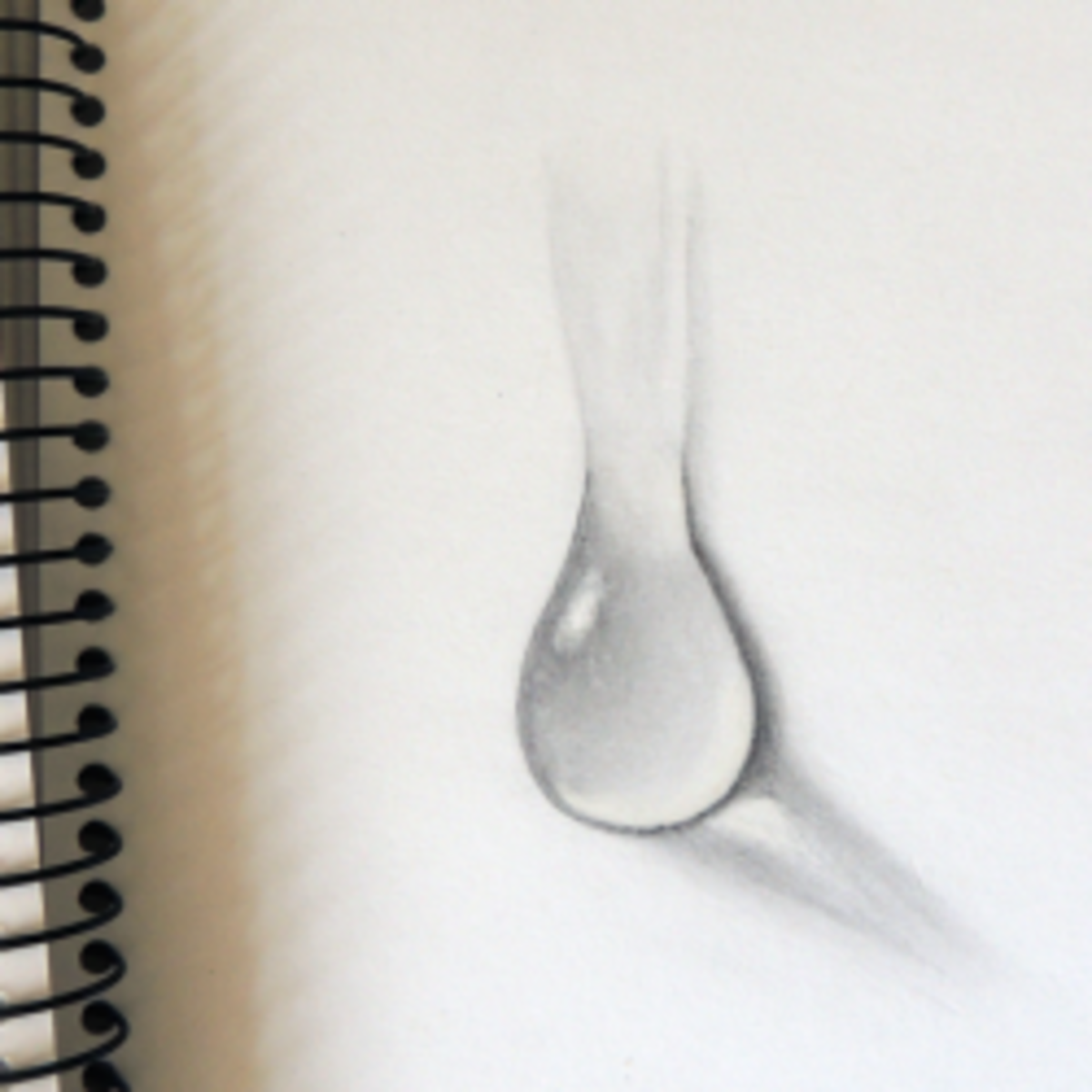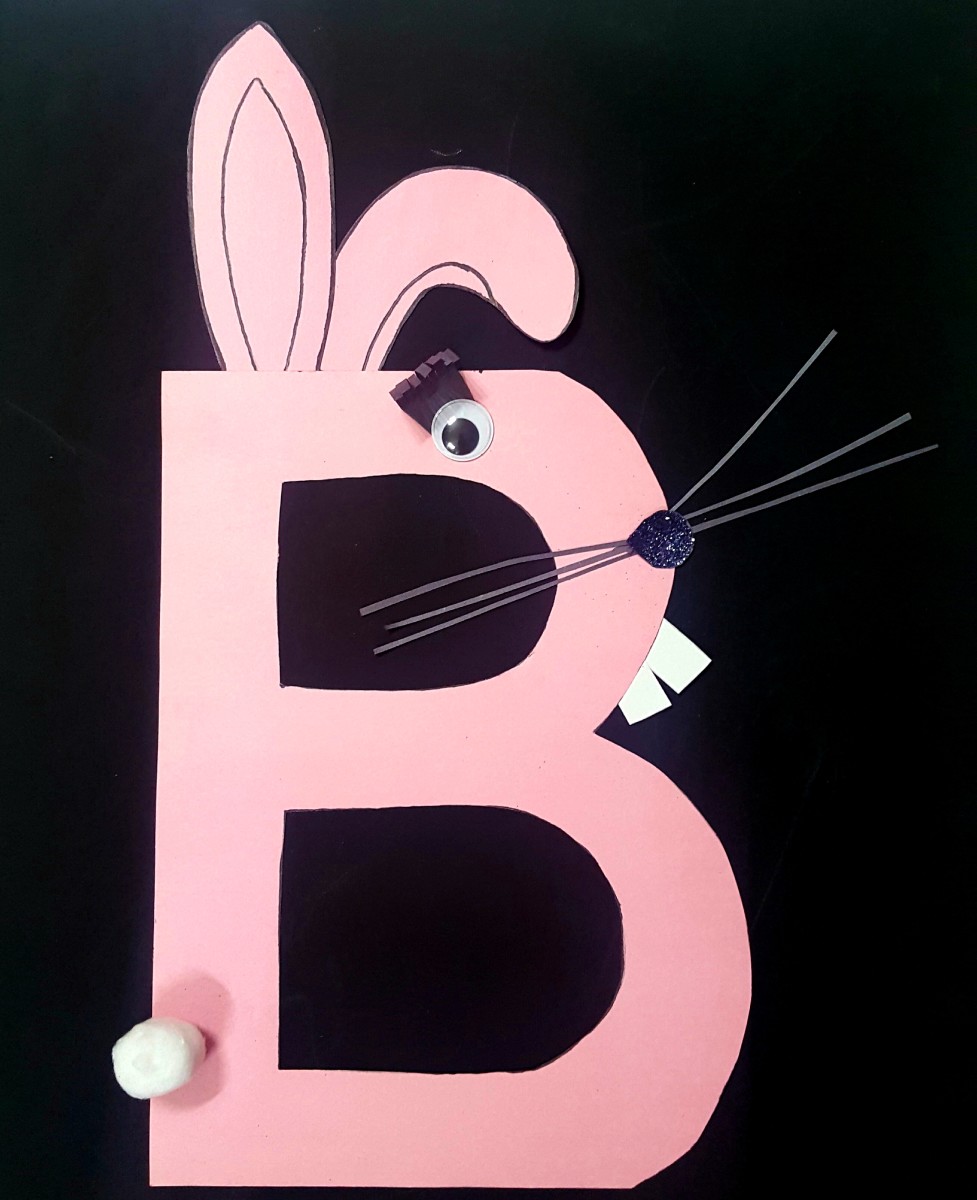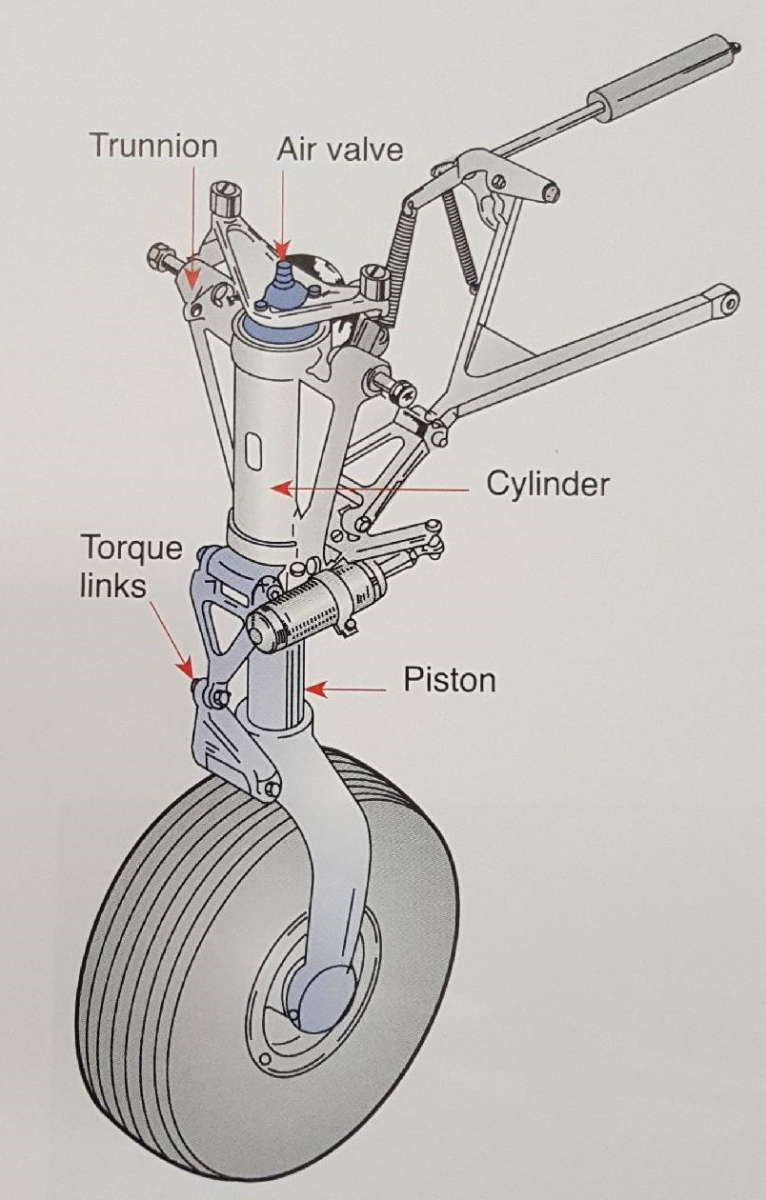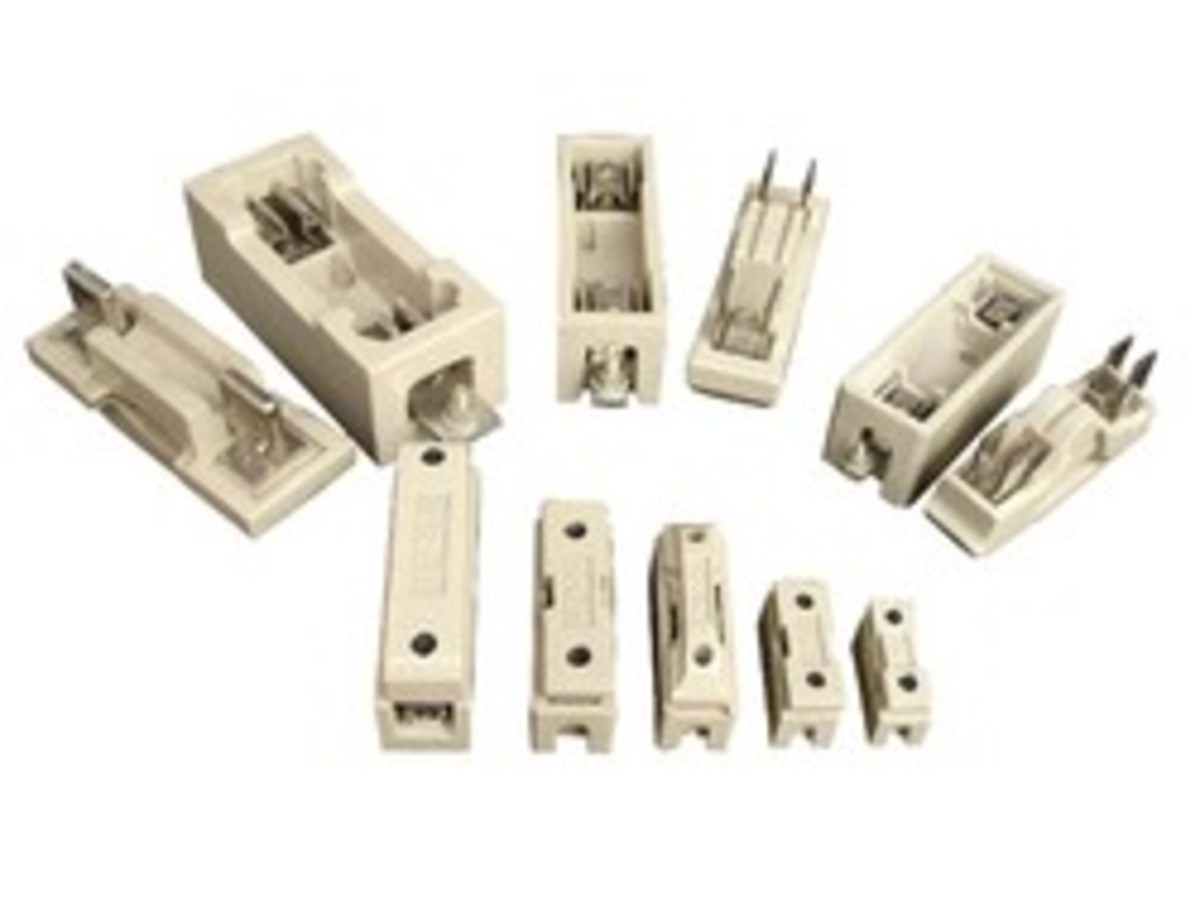Versatile and Amazing Graphite & Pencil Sculptures
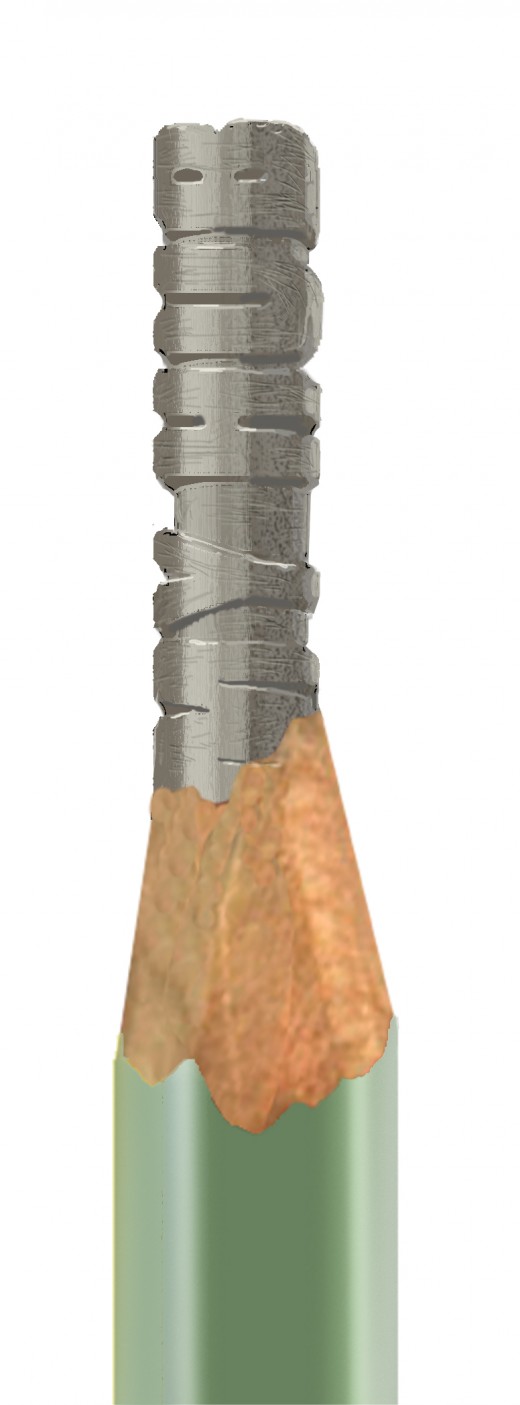
What would the world be like, if we didn’t have graphite? We would have heavier, weaker golf clubs. We would have trouble supplying the popular diamond market, as artificial diamonds are made from graphite. The diamonds from diamond-tipped saw blades come from graphite. We would have to find another type of insulation and acoustic material. Graphite conducts electricity, so it is found in batteries and electric motor brushes. Graphite is an excellent lubricant - such as for locks, and also I can draw pictures with graphite.
The pencil was my first exposure to the world of art expression. Therefore, I think my most creative works are found in my pencil drawings. Although I can do amazing things in PhotoShop, I believe the pencil wins out in overall artistic and aptitudinal prowess. You’ve seen my PhotoShop art in my other hubs. They may look great and realistic, but this is brought about by the strength of PhotoShop and not necessarily my abilities. In using the pencil, the end results depend entirely on my talents and the control I have over the pencil.
Here's an amazing, ironic use of the pencil:
- Pencil sculptures: miniature masterpieces carved into graphite by Dalton Ghetti - Telegraph
Pencil lead, typically used for 2-dimensional work, has now become a medium for 3-dimensional sculptures - by Dalton Ghetti.

Let me tell you a story that ultimately involves a pencil; and this is for all you industrial people who operate machines for whatever purpose or product:
I’ve been in the printing field since 1973, and have therefore had my fingers in all pieces of that pie. For a while, I operated different types of Baum folders, one of them being a continuous-feed folder: The paper (usually 24x33, or larger, if I remember my paper dimensions) was loaded on a feed table above the register table that supplied paper to the folder plates. The paper on the top feed table traveled over a roller - held tight by deflector belts - that turned over the paper onto the register table. Thus, the machine could go on without stopping, as long as I could keep putting paper on the top.
A folder of this size usually has two or three gates through which the paper is passed, in order to fold the paper two or three times. To speed up the production of a 6x9 book, for example, eight pages are printed on one piece of 22x28, and arranged in such a way that when folded three times, you have 16 pages (front and back) in proper sequence. The outer three edges are later trimmed, and this “signature” is then added to the rest of the book for final binding.
When you fold a piece of paper three or four times, you get a build-up of air within the folds of paper, and this air usually cannot escape fast enough to have a neat, compact fold. When this happens, the signature becomes puffy enough to overcome any registration force intended to keep it straight as it goes through the last fold. Thus, you have a crooked fold, and the 16-page signature is good only for heating your toes in the evening fire. So then comes the need to perforate the paper on the first and/or second fold. The perforation allows air to escape through it, and it also helps the folding rollers know better where to fold the paper.
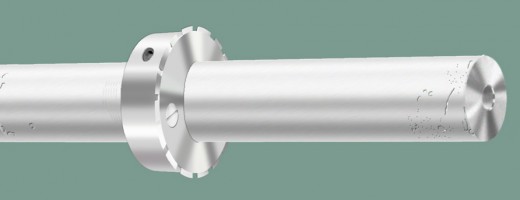
All this technical talk brings me to the story I was going to tell: I was training a co-worker on a large Baum folder (folder operators often called it the Bum folder). At one point in time, we needed to install a perforator blade. The only shaft available to put the blade on was quite well-used and marred, with an occasional burr sticking up from a small scratch. Therefore the perforator roller would not fit onto the shaft. We sanded the shaft down down as best we could, taking care not to compromise the circular integrity of the bar. Still, the roller would not slide into position. It fit near the end, but we needed it in the middle.
I asked the operator I was training if she had some graphite. She said no.
So now, folks, I ask you: What do you do if you need to lubricate steel-on-steel when you don’t have graphite? (Oil wouldn’t work; it wasn’t slippery enough.) Have you come up with an answer yet? I’ll tell you what I did:
I wandered the premises until I found a pencil. I came back to the folder, and began to draw lines on the shaft. As I continued to cover the whole area with pencil lead, I could tell the co-worker was giving me that look: “Sam has now gone off his rocker. He, being a pencil artist, has used the pencil throughout his life to vent his frustrations, and now he thinks that the pencil is the panacea to all other problems.”
I continued, whistling and smiling in approval at my masterpiece. Then, when I was done, we tried the perf ring, and it slid into place with very little complaining.
The next time you see a pencil sitting around, perhaps you’ll look at it in a different light, from now on.
